Grow Pineapple at Home – sounds like a tropical dream, right? Well, it doesn’t have to be just a dream! Imagine plucking a juicy, sun-ripened pineapple straight from your own backyard. That’s the magic we’re unlocking today with this super fun and surprisingly easy DIY guide.
For centuries, the pineapple has been a symbol of hospitality and luxury. Originating in South America, it was once so prized that it was rented out as a centerpiece for lavish parties! Now, you can bring a touch of that exotic elegance to your own home, without breaking the bank or needing a tropical climate.
Why should you learn this DIY trick? Because store-bought pineapples, while delicious, can be expensive and often lack the intense flavor of a truly ripe, homegrown fruit. Plus, there’s nothing quite like the satisfaction of nurturing a plant from humble beginnings to a bountiful harvest. I’m going to show you how to grow pineapple at home, step-by-step, using simple materials and techniques. Get ready to impress your friends and family with your green thumb and enjoy the sweet taste of success!
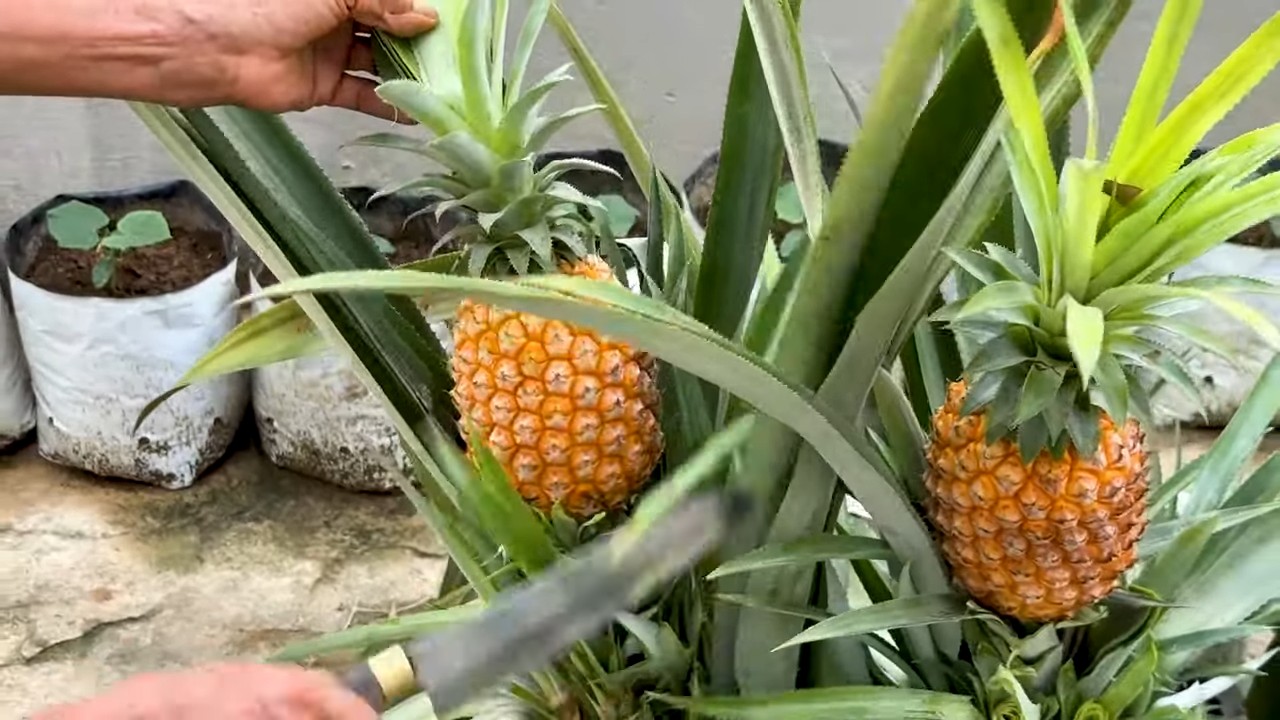
Grow Your Own Pineapple: A Tropical Treat in Your Backyard (or Balcony!)
Okay, so you want to grow a pineapple? Awesome! It might seem intimidating, but trust me, it’s totally doable, even if you don’t live in Hawaii. I’ve successfully grown pineapples in my (not-so-tropical) backyard, and I’m here to share all my secrets. Get ready to impress your friends with your homegrown, juicy pineapple!
What You’ll Need:
Before we dive in, let’s gather our supplies. This is what you’ll need to get started:
* A Fresh Pineapple: Choose a ripe pineapple from the grocery store. Look for one with healthy, green leaves. The fruit itself should be fragrant and slightly soft to the touch. Avoid pineapples with brown or damaged leaves.
* A Sharp Knife: A good, sharp knife is essential for cleanly removing the top of the pineapple.
* Potting Soil: Use a well-draining potting mix. I prefer a mix specifically formulated for tropical plants, but a general-purpose mix will work too. Just make sure it doesn’t retain too much water.
* A Pot: Choose a pot that’s at least 6 inches in diameter. The pot should have drainage holes to prevent root rot.
* Watering Can or Hose: For watering your pineapple plant.
* Rooting Hormone (Optional): While not strictly necessary, rooting hormone can help speed up the rooting process.
* Gloves (Optional): If you have sensitive skin, gloves can protect your hands from the pineapple’s sap.
Preparing the Pineapple Top
This is the most crucial step, so pay close attention! We need to prepare the pineapple top so it can grow roots.
1. Twist or Cut Off the Top: The easiest way to remove the top is to firmly grasp the leaves and twist them off the fruit. If that doesn’t work, use your sharp knife to carefully cut off the top, about an inch or two below the base of the leaves. Make sure the cut is clean and even.
2. Remove the Bottom Leaves: Now, you need to remove the bottom few layers of leaves to expose the stem. Gently peel off the leaves until you have about an inch or two of bare stem. This is where the roots will emerge. Be careful not to damage the stem.
3. Let it Dry (Cure): This is a very important step! Place the pineapple top in a cool, dry place for about a week. This allows the cut end to callous over, which helps prevent rot. I usually just leave mine on a paper towel on my kitchen counter. You’ll notice the cut end will dry out and harden.
4. Apply Rooting Hormone (Optional): If you’re using rooting hormone, now’s the time to apply it. Dip the exposed stem into the rooting hormone powder or liquid, following the instructions on the product label.
Planting Your Pineapple Top
Now that our pineapple top is prepped and ready, it’s time to plant it!
1. Fill the Pot with Soil: Fill your pot with the well-draining potting mix, leaving about an inch of space at the top.
2. Plant the Pineapple Top: Make a hole in the center of the soil large enough to accommodate the pineapple stem. Gently place the pineapple top into the hole, making sure the exposed stem is buried in the soil.
3. Firm the Soil: Gently firm the soil around the base of the pineapple top to secure it in place.
4. Water Thoroughly: Water the soil thoroughly until water drains out of the drainage holes. This helps settle the soil and provides moisture for the developing roots.
Caring for Your Pineapple Plant
Now comes the waiting game! But don’t worry, it’s not all waiting. You’ll need to provide the right care to help your pineapple plant thrive.
1. Location, Location, Location: Pineapples love sunshine! Place your pot in a location that receives at least 6 hours of direct sunlight per day. A south-facing window or a sunny balcony is ideal. If you don’t have enough natural light, you can supplement with a grow light.
2. Watering: Water your pineapple plant regularly, but don’t overwater. Allow the soil to dry out slightly between waterings. Overwatering can lead to root rot, which is a pineapple plant’s worst enemy. I usually water mine about once a week, but I always check the soil moisture first. Stick your finger into the soil – if it feels dry an inch or two down, it’s time to water.
3. Fertilizing: Pineapples are heavy feeders, so regular fertilization is important. Use a balanced fertilizer (e.g., 10-10-10) diluted to half strength. Fertilize every 2-3 months during the growing season (spring and summer).
4. Temperature: Pineapples thrive in warm temperatures, ideally between 65°F and 85°F (18°C and 29°C). Protect your plant from frost and freezing temperatures. If you live in a cold climate, you’ll need to bring your pineapple plant indoors during the winter.
5. Humidity: Pineapples appreciate humidity. If you live in a dry climate, you can increase humidity by misting your plant regularly or placing it on a pebble tray filled with water.
6. Pest Control: Keep an eye out for pests like mealybugs and scale. If you spot any pests, treat them with insecticidal soap or neem oil.
7. Patience is Key: This is the hardest part! It can take several months for your pineapple top to root and start growing new leaves. Don’t get discouraged if you don’t see any progress right away. Just keep providing the right care, and eventually, you’ll see new growth emerging from the center of the plant.
Encouraging Your Pineapple to Fruit
Okay, so you’ve got a healthy pineapple plant. Now, how do you get it to actually produce a pineapple? This is where things get a little tricky, but don’t worry, I’ve got you covered.
1. Maturity: Your pineapple plant needs to be mature enough to produce fruit. This usually takes about 2-3 years. The plant should be at least 2-3 feet tall and have a well-developed root system.
2. Ethephon (Optional, but Recommended): This is the secret weapon! Ethephon is a plant hormone that triggers flowering. You can purchase ethephon solutions online or at some garden centers. Follow the instructions on the product label carefully. Typically, you’ll dilute the ethephon solution with water and pour it into the center of the pineapple plant, where the leaves meet the stem.
3. Apple Trick (Alternative to Ethephon): If you don’t want to use ethephon, you can try the apple trick. Place a ripe apple, core removed, upside down on top of the pineapple plant, covering the central leaves. Cover the entire plant with a clear plastic bag to trap the ethylene gas released by the apple. Leave the apple in place for about a week. The ethylene gas can sometimes trigger flowering.
4. Wait and See: After applying ethephon or using the apple trick, it can take several weeks or even months for a pineapple to start forming. Be patient and continue to provide the right care. You’ll know it’s working when you see a small, cone-shaped structure emerging from the center of the plant. This is the beginning of your pineapple!
Harvesting Your Pineapple
Congratulations! You’ve successfully grown a pineapple! Now, how do you know when it’s ready to harvest?
1. Color: The pineapple will change color from green to yellow or golden-orange. The color change usually starts at the base of the fruit and gradually moves upwards.
2. Fragrance: A ripe pineapple will have a sweet, fragrant aroma.
3. Touch: The pineapple should be slightly soft to the touch.
4. Pull a Leaf: Gently pull on one of the leaves near the top of the pineapple. If it comes off easily, the pineapple is ripe.
5. Harvesting: Use a sharp knife to cut the pineapple from the plant. Leave a few inches of stem attached to the pineapple.
Enjoy your homegrown pineapple! It will be the sweetest, most rewarding pineapple you’ve ever tasted. And the best part? You can use the top of *this* pineapple to grow another one! Happy growing!
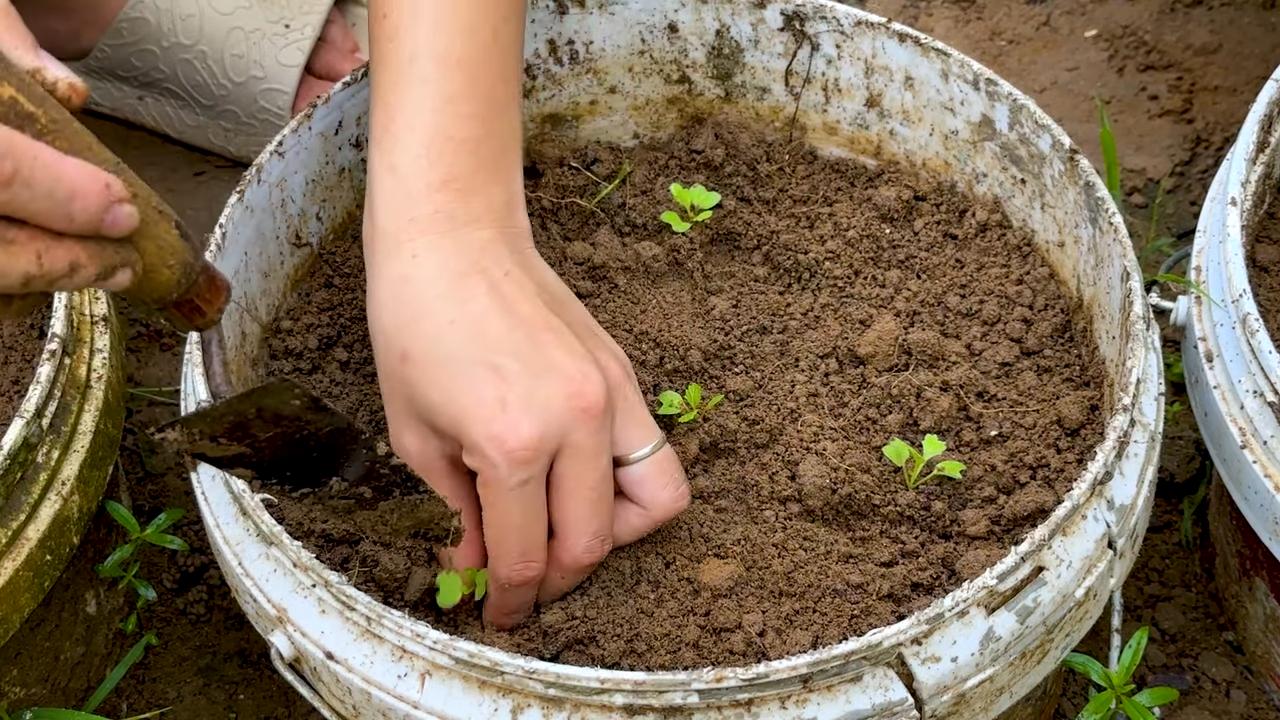
Conclusion
So, there you have it! Growing your own pineapple at home isn’t just a fun project; it’s a rewarding experience that brings a touch of the tropics right to your kitchen. Forget those expensive, often lackluster pineapples from the grocery store. With a little patience and our simple guide, you can cultivate your very own sweet and juicy fruit.
Why is this DIY trick a must-try? Because it’s sustainable, educational, and ultimately, delicious! You’re reducing your carbon footprint by avoiding the transportation and packaging associated with store-bought pineapples. You’re learning about plant propagation and the fascinating life cycle of a pineapple. And most importantly, you’re enjoying a pineapple that tastes infinitely better because you grew it yourself. There’s a certain satisfaction that comes from nurturing a plant from its humble beginnings to a bountiful harvest.
But the fun doesn’t stop there! Feel free to experiment with different varieties of pineapple. ‘Smooth Cayenne’ is a popular choice for its sweetness and ease of growth, but you might also consider ‘Red Spanish’ for its vibrant color or ‘Sugarloaf’ for its exceptionally sweet flavor. You can also play around with different potting mixes. While our recommended mix works well, some gardeners prefer to add more perlite for enhanced drainage or incorporate compost for extra nutrients.
Consider using different containers as well. While a standard pot works perfectly, you could try a fabric pot for improved aeration or even a self-watering container to simplify the watering process. Remember to adjust your watering schedule based on the container type and your local climate.
Don’t be discouraged if your first attempt isn’t a resounding success. Growing pineapples takes time and patience. But with each attempt, you’ll learn something new and refine your technique. The key is to observe your plant closely, pay attention to its needs, and adjust your care accordingly.
We wholeheartedly encourage you to embark on this exciting journey of growing your own pineapple at home. It’s a fantastic way to connect with nature, learn new skills, and enjoy the fruits (literally!) of your labor. And once you’ve harvested your first pineapple, be sure to share your success with us! We’d love to see photos of your homegrown pineapples and hear about your experiences. Share your tips, your challenges, and your triumphs in the comments below. Let’s create a community of pineapple enthusiasts and inspire others to try this amazing DIY project. Let’s all enjoy the sweet taste of success by growing our own **pineapple at home**.
Frequently Asked Questions (FAQ)
How long does it take to grow a pineapple from a top?
The most common question, and understandably so! Growing a pineapple from a top is a marathon, not a sprint. Generally, it takes anywhere from 2 to 3 years for a pineapple plant to mature and produce fruit. The exact timeframe depends on several factors, including the variety of pineapple, the climate, the growing conditions, and the care you provide. Be patient and consistent with your care, and you’ll eventually be rewarded with a delicious homegrown pineapple.
What kind of soil is best for growing pineapples?
Pineapples thrive in well-draining, slightly acidic soil. A good potting mix for pineapples should be light and airy, allowing for good root aeration. A mix of equal parts peat moss, perlite, and potting soil is a great starting point. You can also add some compost to the mix for extra nutrients. Avoid heavy clay soils, as they can retain too much moisture and lead to root rot. The pH level should ideally be between 5.5 and 6.5. You can test the pH of your soil using a soil testing kit available at most garden centers.
How much sunlight do pineapples need?
Pineapples are sun-loving plants and require at least 6 hours of direct sunlight per day. If you’re growing your pineapple indoors, place it near a sunny window that receives plenty of light. If you don’t have enough natural light, you can supplement with grow lights. Rotate the plant regularly to ensure that all sides receive equal exposure to sunlight. Insufficient sunlight can lead to stunted growth and reduced fruit production.
How often should I water my pineapple plant?
Water your pineapple plant thoroughly when the top inch of soil feels dry to the touch. Avoid overwatering, as this can lead to root rot. Pineapples are relatively drought-tolerant, so it’s better to err on the side of underwatering than overwatering. During the warmer months, you may need to water more frequently than during the cooler months. Always check the soil moisture before watering to ensure that the plant needs it.
How do I fertilize my pineapple plant?
Pineapples are heavy feeders and benefit from regular fertilization. Use a balanced fertilizer with a ratio of 10-10-10 or 14-14-14. Apply the fertilizer every 2-3 months during the growing season (spring and summer). Dilute the fertilizer according to the package instructions to avoid burning the roots. You can also use a foliar fertilizer by spraying the leaves with a diluted solution. Avoid fertilizing during the dormant season (fall and winter).
How do I know when my pineapple is ripe?
Knowing when your pineapple is ripe is crucial for enjoying its full flavor. Several indicators can help you determine ripeness. First, the color of the pineapple will change from green to yellow or golden. Second, the pineapple will emit a sweet, fragrant aroma. Third, the “eyes” of the pineapple will flatten out. Finally, the pineapple will feel slightly soft to the touch. You can also try gently pulling on one of the leaves. If it comes off easily, the pineapple is likely ripe.
What if my pineapple plant doesn’t produce fruit?
If your pineapple plant isn’t producing fruit, there could be several reasons why. First, ensure that the plant is receiving enough sunlight, water, and nutrients. Second, check the soil pH to make sure it’s within the optimal range. Third, consider using a forcing technique to encourage fruiting. One common method is to place an apple core or a banana peel near the base of the plant. The ethylene gas released by the fruit can stimulate flowering. You can also cover the plant with a clear plastic bag for a few weeks to increase humidity and promote flowering. Be patient and persistent, and your pineapple plant will eventually reward you with fruit.
Can I grow a pineapple indoors?
Yes, you can definitely grow a pineapple indoors! In fact, growing pineapples indoors is a great option for people who live in colder climates. Just make sure to provide the plant with plenty of sunlight, well-draining soil, and regular watering. You may also need to supplement with grow lights if you don’t have enough natural light. Indoor pineapples may take a bit longer to fruit than outdoor pineapples, but with proper care, you can still enjoy a delicious homegrown pineapple.
What are some common pests and diseases that affect pineapples?
Pineapples are generally resistant to pests and diseases, but they can be susceptible to certain problems. Common pests include mealybugs, scale insects, and spider mites. These pests can be controlled with insecticidal soap or neem oil. Root rot is a common disease that can affect pineapples, especially if they are overwatered. To prevent root rot, ensure that the soil is well-draining and avoid overwatering. You can also use a fungicide to treat root rot. Regularly inspect your pineapple plant for any signs of pests or diseases and take action promptly to prevent them from spreading.

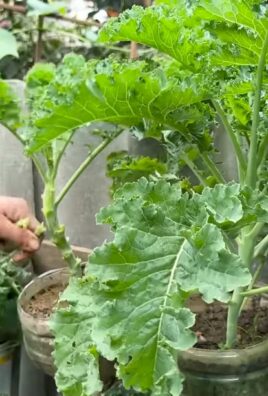
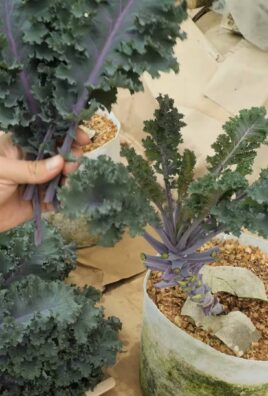
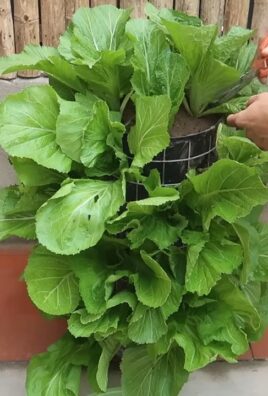
Leave a Comment